Design and manufacture of an adaptive ship bridge in the maritime domain
The European project CASCADe was a project in the maritime domain whose objective was "Model based design of innovative adaptive and context aware ship bridge supporting collaborative work". EC funding was around 3.300.000 € for the whole consortium.
The consortium partners were Raytheon Anschuetz (DE), BMT Group (UK), Marimatech (DK), Mastermind Ship management (CY), OFFIS (DE), the University of Cardiff (UK), and Symbio (BE).
The project aimed at developing, demonstrating and evaluating a new method for adaptive ship bridge (ABS) design. In CASCADe, the bridge was seen as a cooperative human-machine system. The methodology used during the project integrated and developed the techniques and tools needed to harmonize the design and development of the ship bridge, from a functional and physical point of view, in a global, integrated, affordable and human-centered perspective.
The adaptiveness of the bridge is provided through the different elements of the cooperative human-machine system, and in particular the human-machine interfaces (HMI). The bridge automatically adapts the information provided to human operators, based on the voyage phases and the current circumstances. A virtual platform (virtual simulation) and a physical platform (real, physical simulation of the bridge) have been developed and implemented to perform the experiments needed for the adaptive bridge development. Symbio has developed and manufactured a new console, which has then been used by the consortium as a demonstrator.
Symbio was work package leader for WP2 (Methodology for Bridge Study & Design) and WP3 (Study & Design of Adaptive Bridge System).
The challenges
The main challenge for Symbio was to define a bridge concept and to design an innovative console that meets the needs of users while integrating the technologies developed by the other partners. All this through numerous meetings and trips in Western Europe, over a 3 years span.
The results
Conceptual ship bridge design
A first step for Symbio in the project consisted in producing several conceptual ship bridge concepts and evaluate them against their capacity to support cooperative activities on the bridge and the adaptive capabilities provided by the hardware and software developed by the other industrial and research partners.
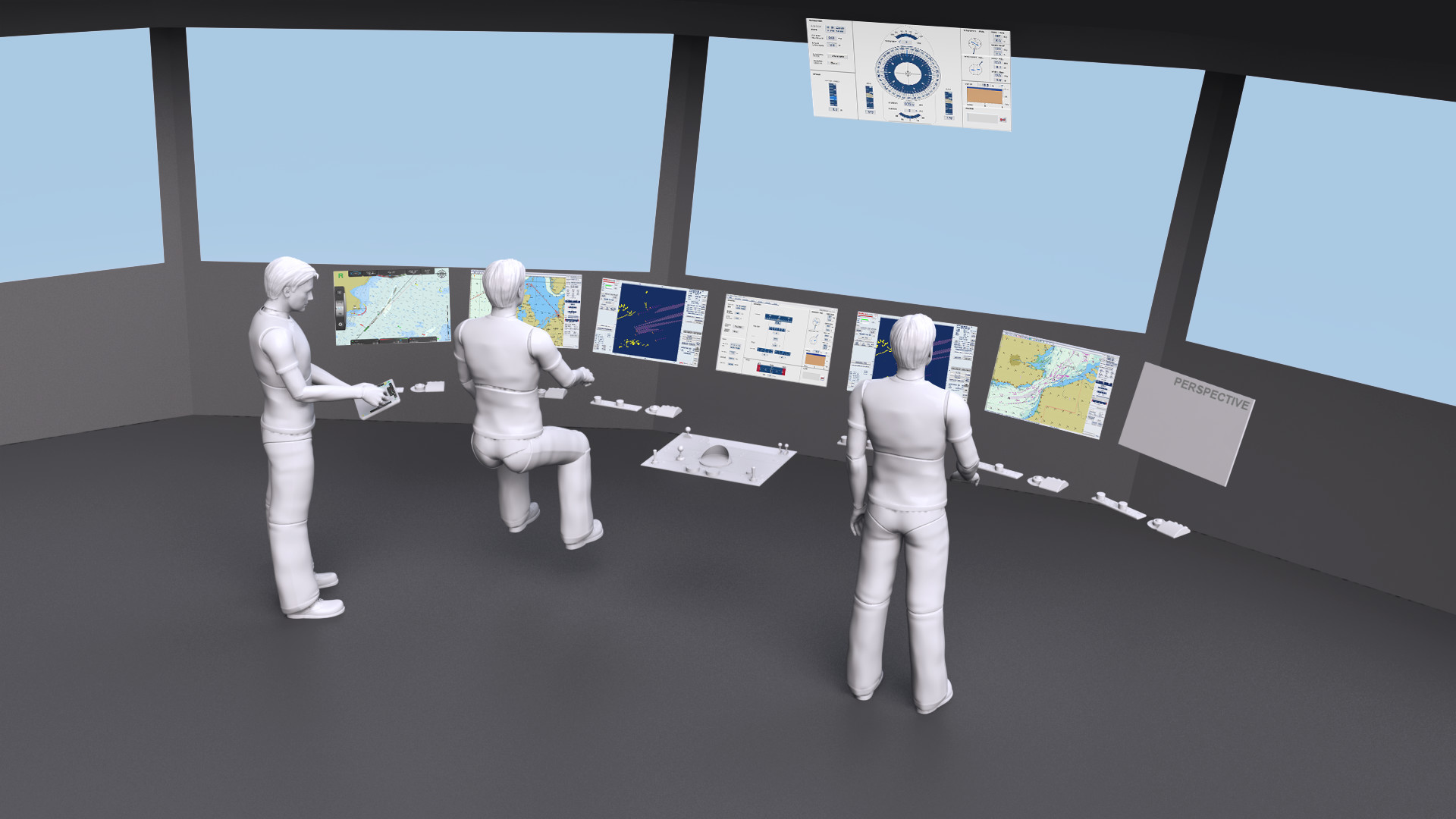
The concept selected by the consortium was then further elaborated with preliminary sketches for the console design.
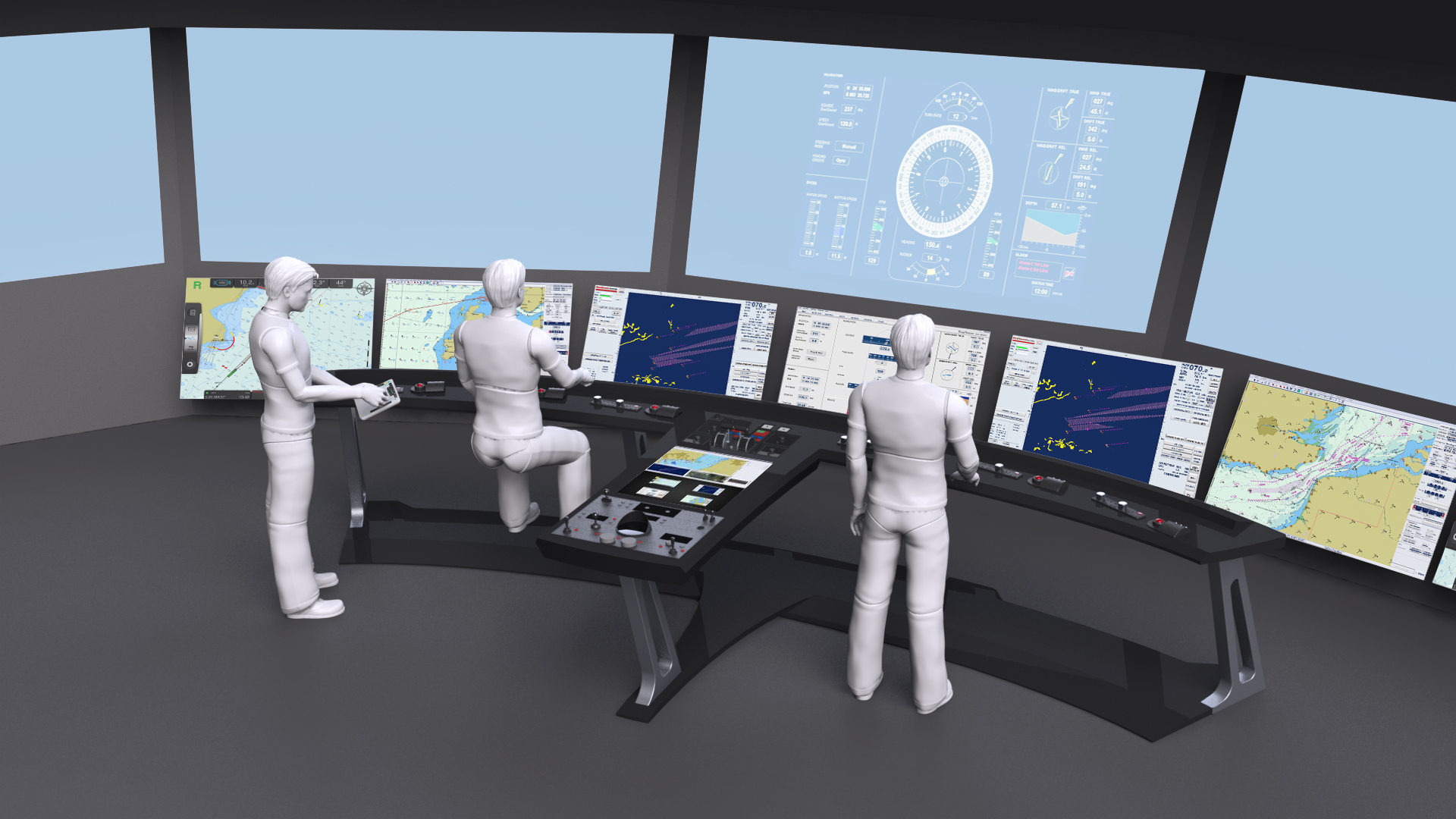
Console design
Once a final bridge and console sketch was agreed upon, the consortium worked on allocating the complete set of equipment on the working surfaces, maximizing accessibility in both seating and standing postures, and complying with all ergonomic standards. Symbio performed a detailed accessibility analysis, in terms of information taking and physical access to the controls, and optimized the equipment layout accordingly.
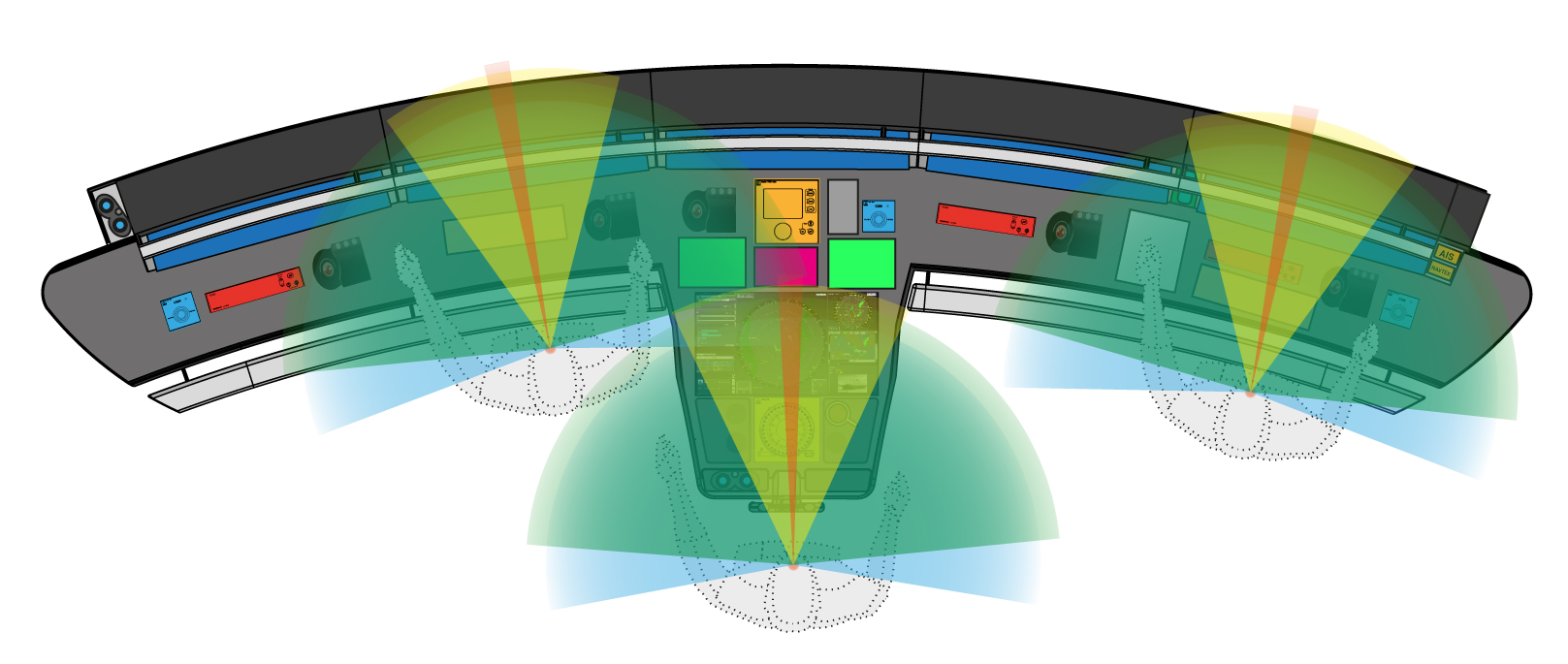
The final results were agreed upon by the consortium, and in particular the maritime partners, Raytheon Anschuetz, BMT, Marimatech and Mastermind Ship management.
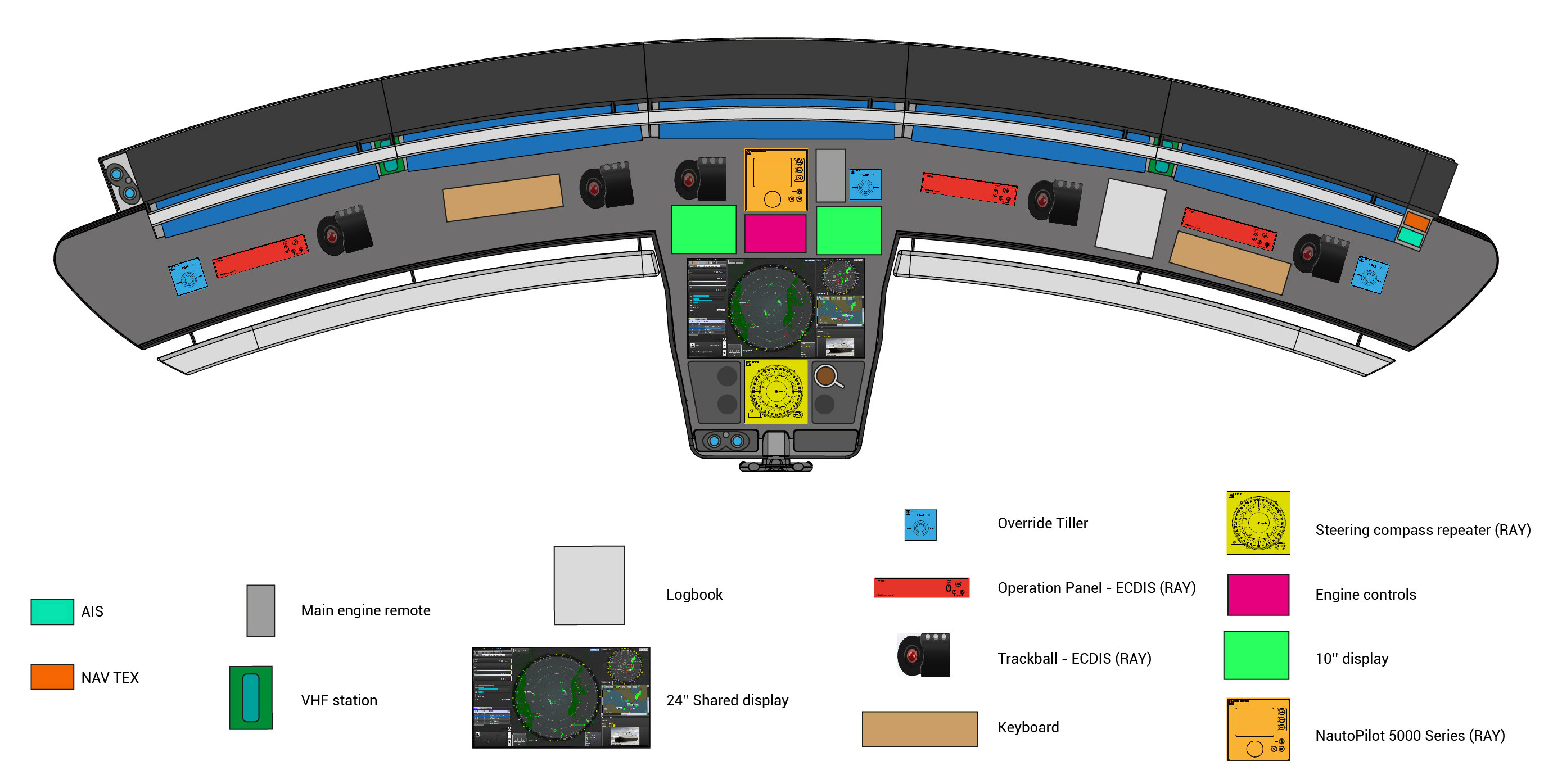
Symbio then developed more detailed volumetric models of the ship bridge. The models integrates all hardware and software developed by the other partners, in particular by Raytheon Anschuetz.
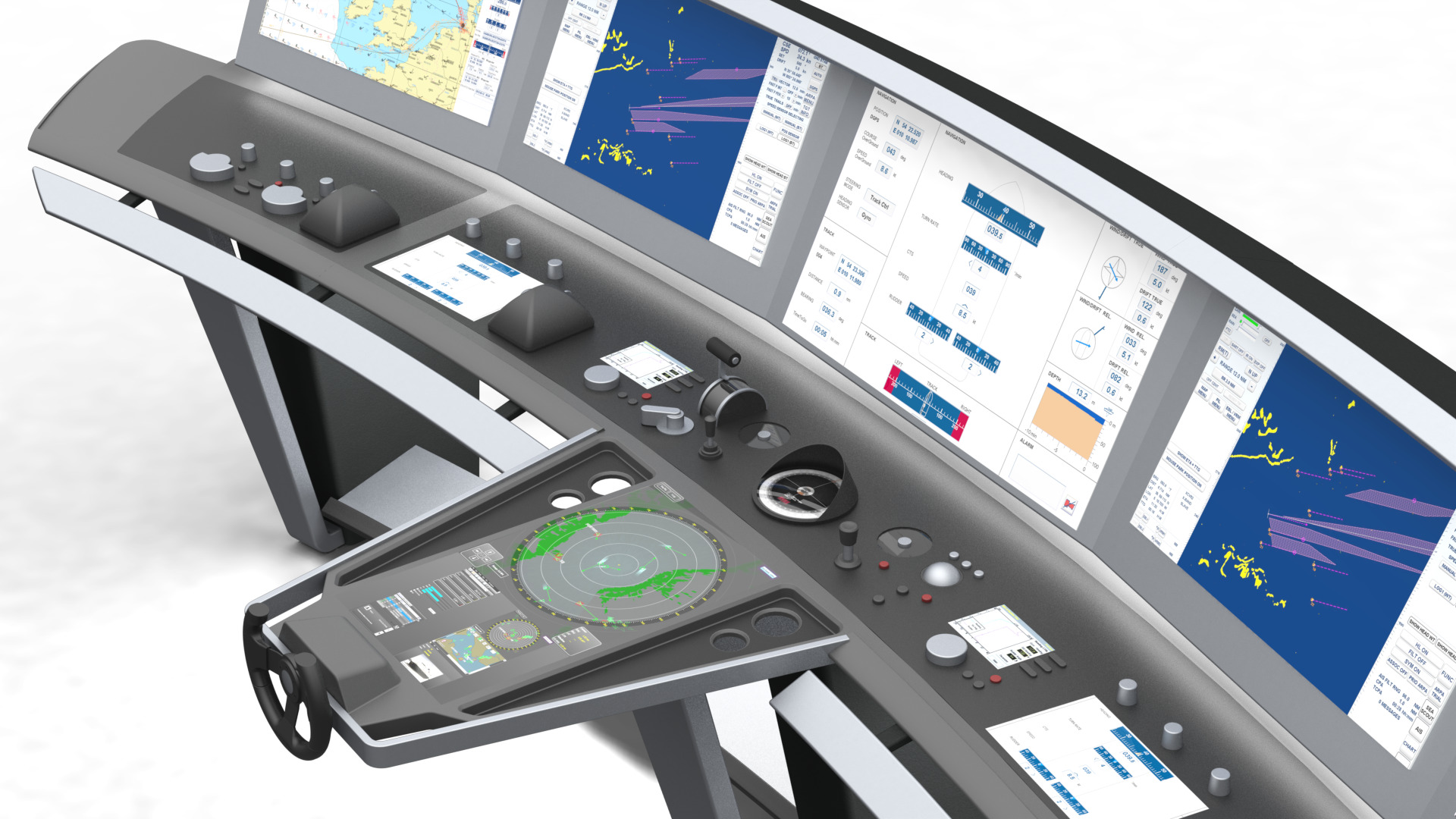
Given Symbio is also a console manufacturer, we paid great attention to manufacturability and manufacturing costs. We designed the console based on a set of independent modules, to reduce these costs, but also to provide more flexibility in terms of console design, consoles sporting 3 to 7 elementary modules can easily be assembled.
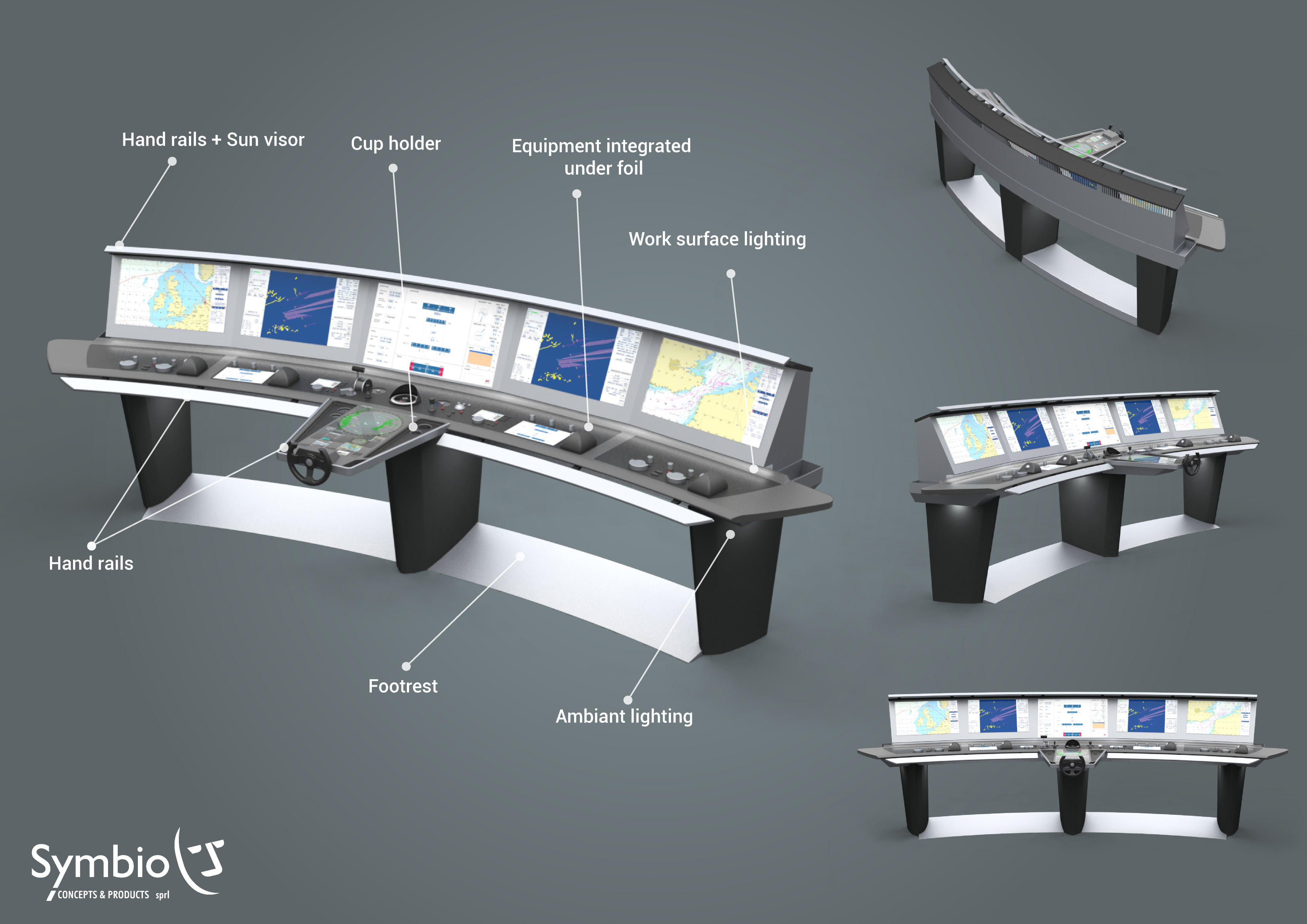
Console manufacture and installation in Kiel
The project implied the manufacture of a prototype console, in order to test the cooperative and adaptive bridge concept and the hardware and software developed by the other partners.
Symbio finalized the ship bridge design and conducted the constructive analysis needed to produce manufacturing models and plans that could be used by the suppliers in charge of manufacturing the physical bridge.
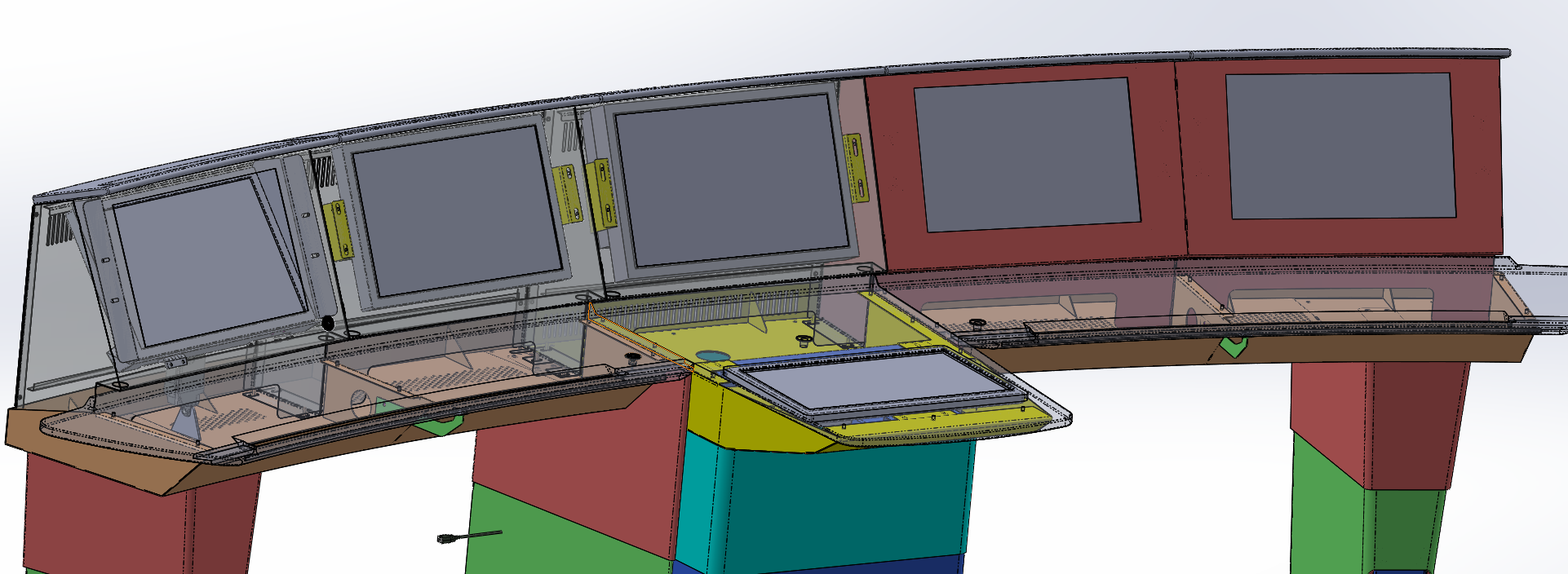
The ship bridge is flexible, thanks to its modularity, but also to the ability to adjust some of the parts. For example the displays are tiltable.
 |
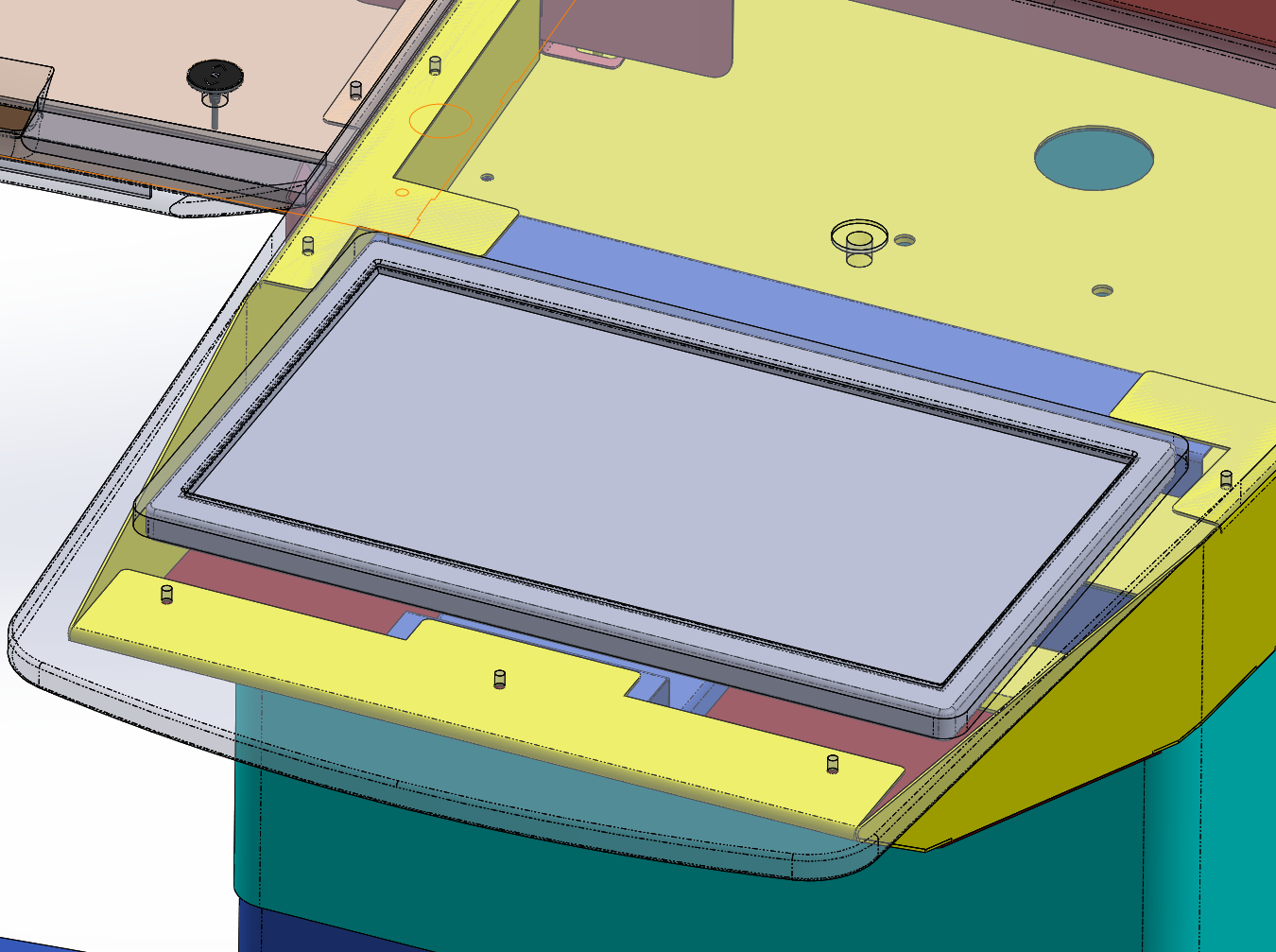 |
The ship bridge was then manufactured and shipped for assembly by Symbio in Kiel, at Raytheon's facilities, for integration of all hardware and software, followed by technical and then user testing.
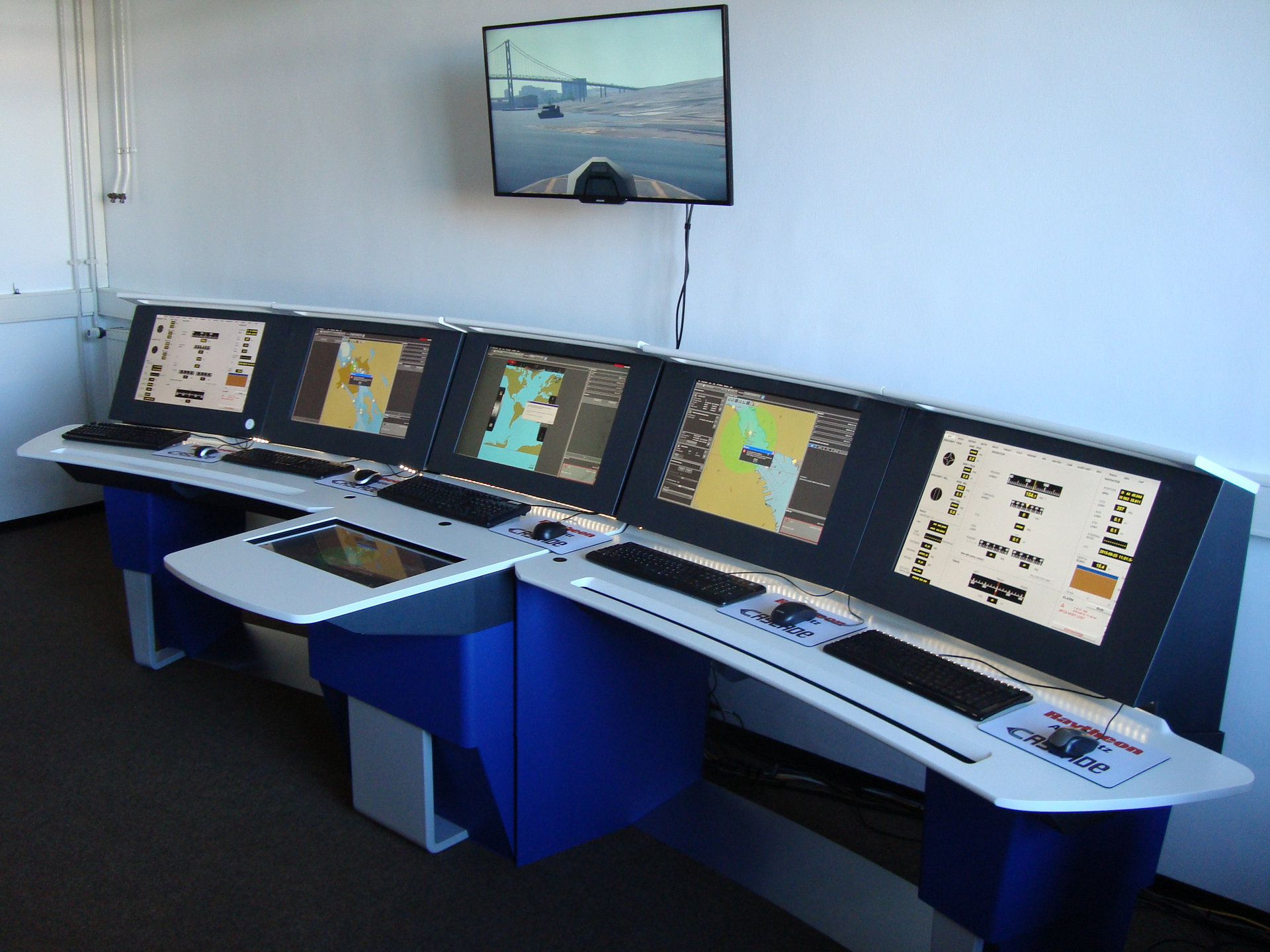 |
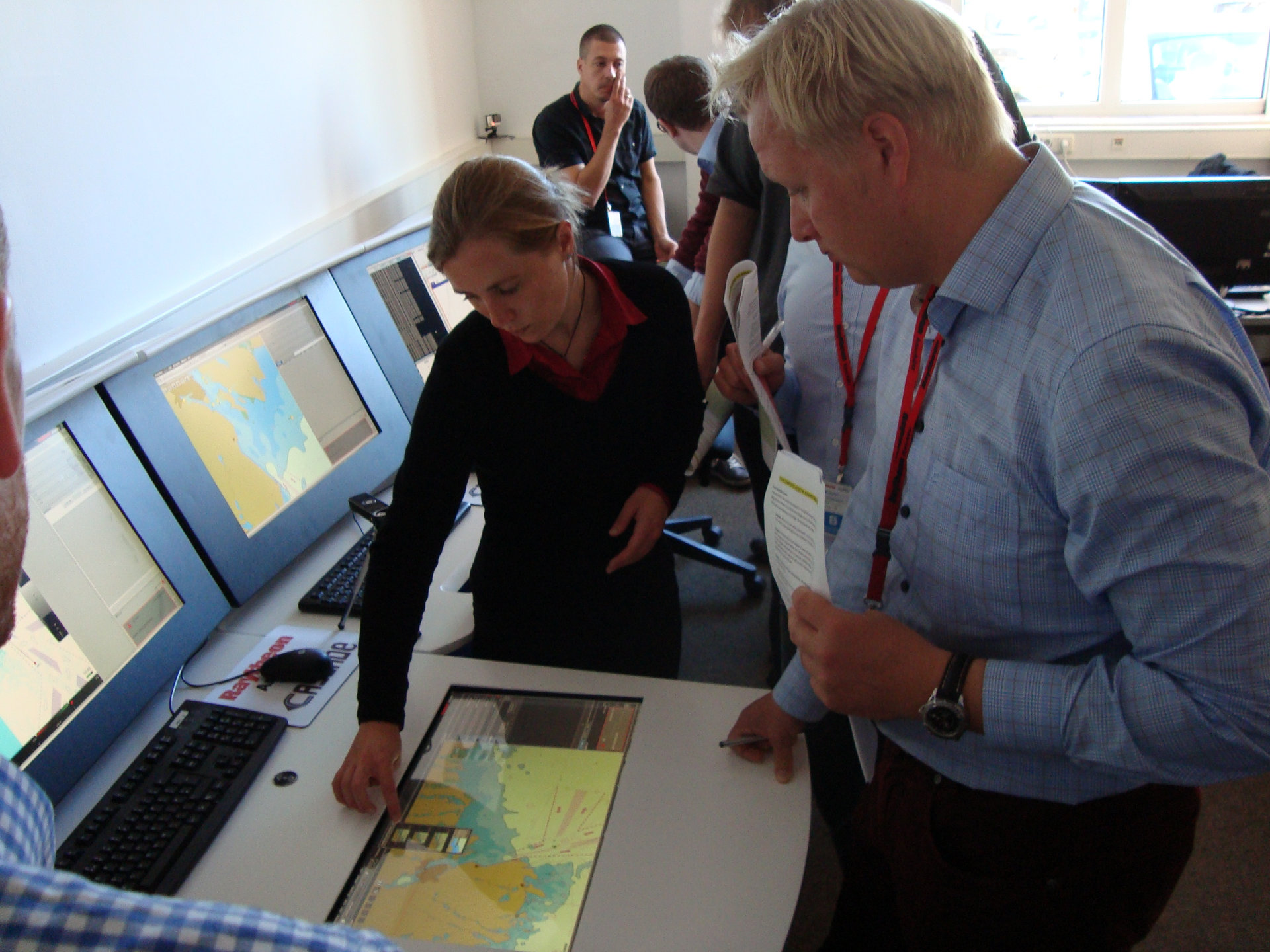 |
As a by-product of CASCADe and Symbio's ship bridge design, Raytheon has developed their flagship Synapsis NX ship bridge, heavily influenced by the CASCADe design
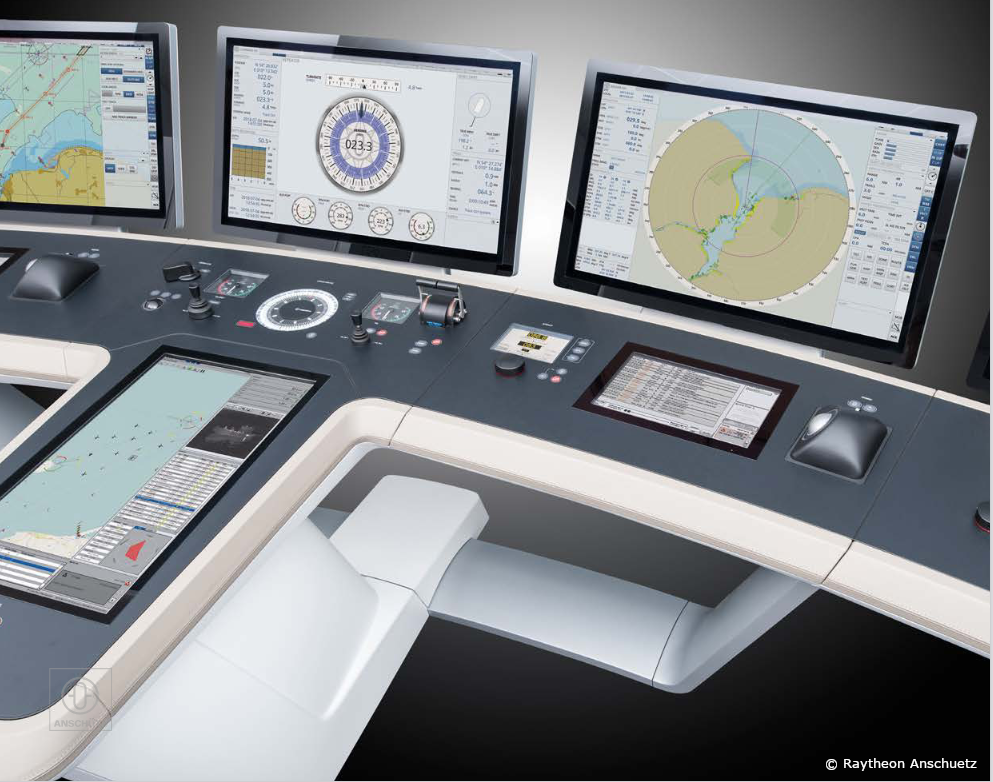
About European projects
European Projects such as CASCADe are financed by the EU's research and innovation funding programmes. CASCADe was a FP7 (Seventh framework programme) project.
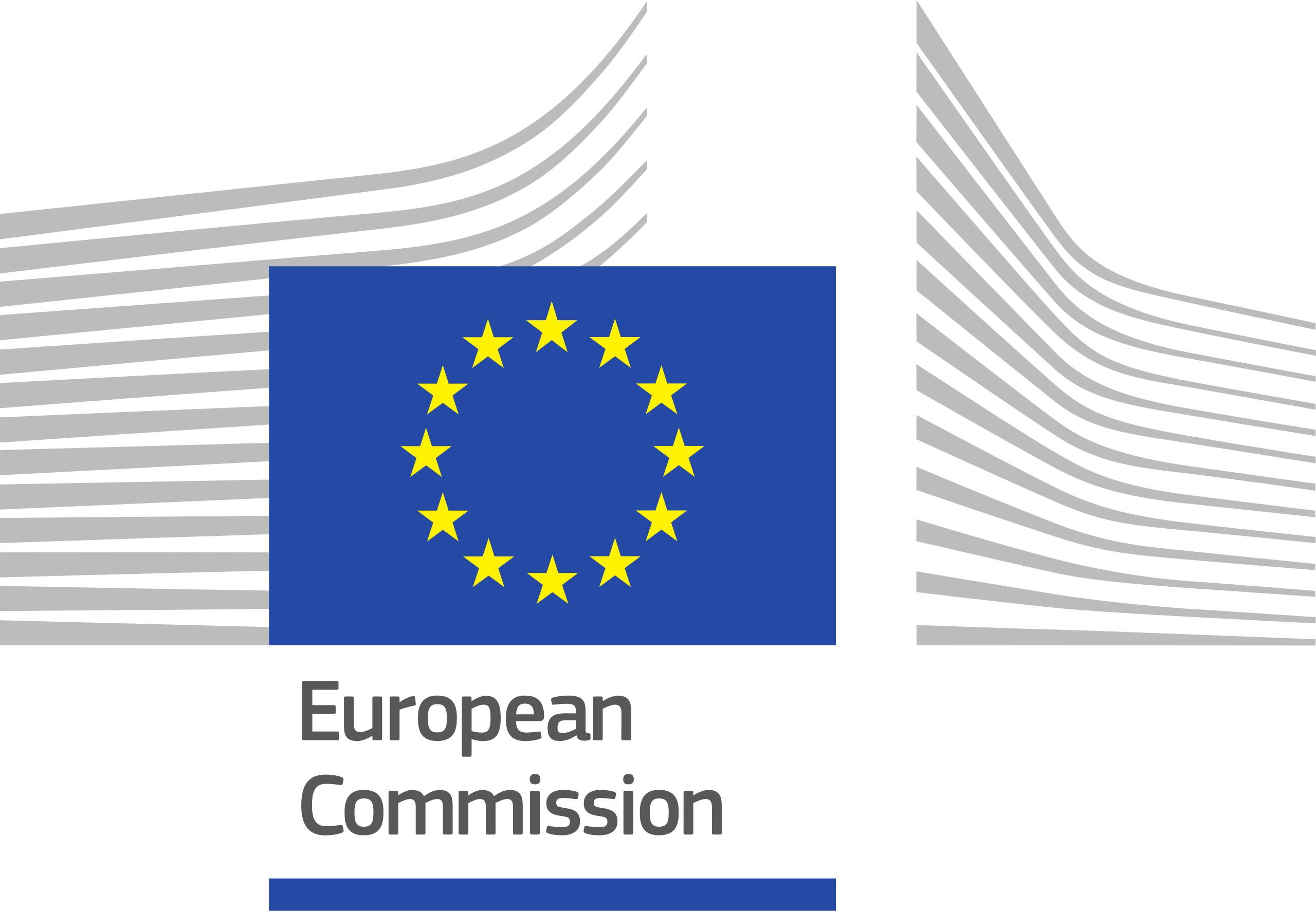
Share this:
